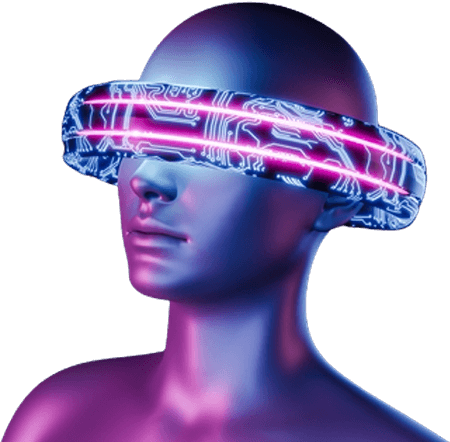Claude 4 – Everything You Need to Know
Claude 4 is finally here, ushering in a new era of AI capability and collaboration. Building on the monumental success of Claude 3 and the incremental advancements of Claude 3.5 (and 3.7), the arrival of Claude 4 represents a dramatic leap forward in artificial intelligence.
In this article, we’ll tell you everything you need to know about Claude 4, from its capabilities to practical uses and how you can leverage its advanced functionalities.
What is Claude 4?
Claude 4 is the latest generation of large language models (LLMs) from Anthropic, designed to deliver state-of-the-art performance in coding, advanced reasoning, AI-driven agent tasks, and beyond. Anthropic has launched two main models within this generation:
- Claude Opus 4: The most powerful Claude model ever created, excelling particularly in complex coding, sustained problem-solving, and high-level reasoning tasks.
- Claude Sonnet 4: A highly capable, versatile model optimized for a balance between performance and efficiency, providing exceptional coding support and precise instruction-following.
- Claude Haiku 4: Expected to be upgraded to 4.0 by EOD Summer 2025.
These models introduce exciting new features, including:
- Extended Thinking with Tool Use: Allowing Claude 4 to interact with external tools, perform web searches, and deepen its analytical reasoning.
- Parallel Tool Execution: Enabling Claude to handle multiple tasks simultaneously.
- Improved Memory and File Management: Claude 4 models can remember, extract, and store key details from local files, maintaining continuity across extended tasks.
- Claude Code (General Availability): Full integration into IDEs like VS Code and JetBrains, enabling advanced pair programming directly within your workflow.
Key Features of Claude 4
1. Advanced Extended Thinking Capabilities
Claude 4 introduces enhanced “extended thinking” capabilities, allowing it to solve challenging, multi-step problems by allocating additional computational resources and thought processes. Users and developers can even set a “thinking budget,” precisely controlling the depth and duration of Claude’s reasoning process.
2. Tool Integration and Automation
With Claude 4, models can seamlessly switch between reasoning and using external tools, dramatically improving response accuracy and capability in tasks like web searches, data retrieval, and complex analyses.
3. Enhanced Memory & Local File Access
Claude 4 models, particularly Opus 4, excel in scenarios where persistent memory matters. When given local file access, Claude can maintain structured memory files, significantly boosting coherence and continuity, especially in prolonged, complex tasks.
4. Superior Coding Performance with Claude Code
Claude Code, now generally available, transforms how developers interact with AI. Key features include:
- IDE integrations with VS Code and JetBrains, showing AI suggestions directly inline.
- Native support for background automation via GitHub Actions.
- Extensible SDK for building custom applications and agents using Claude’s core capabilities.
Practical Applications of Claude 4
Claude 4’s advanced functionalities have real-world implications across multiple industries and use cases:
Software Development & Engineering
- Claude Opus 4 leads the industry in software engineering benchmarks, excelling at complex coding, debugging, and multi-file management.
- Claude Sonnet 4 powers everyday coding tasks, offering a balanced solution for efficient and precise coding practices.
AI Agents & Automation
- AI-driven agents built with Claude 4 can sustain extensive interactions, handle complex multi-stage workflows, and integrate seamlessly with other software tools for unmatched automation.
Research & Scientific Discovery
- Claude Opus 4’s superior reasoning capabilities support complex research scenarios, making it ideal for scientific inquiry, hypothesis testing, and data analysis.
Business & Customer Support
- Claude Sonnet 4 excels in delivering precise, reliable, and clear communication—perfect for customer support automation, product documentation, and complex Q&A scenarios.
Getting Started with Claude 4
To begin leveraging the power of Claude 4, users and developers can access it via multiple platforms:
- Anthropic API: Offers seamless integration into your existing software infrastructure, with detailed documentation and sample code for quick setup. (How to Get it?)
- Claude.ai Web Interface: Immediate access to Claude 4 models for straightforward interactions, testing, and general tasks.
- Cloud Platforms: Claude 4 is readily available on Amazon Bedrock and Google Cloud’s Vertex AI, ensuring flexibility and scalability for enterprise users.
Example API Usage with Claude 4 (Python)
Here’s a quick Python example to showcase how easy it is to interact with Claude 4 using the Anthropic API:
import anthropic
client = anthropic.Anthropic(api_key="YOUR_API_KEY")
response = client.messages.create(
model="claude-4-opus",
max_tokens=1000,
messages=[
{"role": "user", "content": "Write Python code to merge two sorted arrays efficiently."}
]
)
print(response.content)
Claude 4 Pricing Model
Anthropic maintains a transparent and consistent pricing structure:
| Model | Input Tokens Price | Output Tokens Price |
|---|---|---|
| Claude Opus 4 | $15 per million | $75 per million |
| Claude Sonnet 4 | $3 per million | $15 per million |
| Claude Haiku 4 | N/A | N/A |
This competitive pricing model ensures scalability for both individual developers and enterprise-level deployments.
Safety and Security Enhancements in Claude 4
Anthropic has rigorously tested Claude 4 to meet and surpass AI Safety Level (ASL) standards. Key enhancements include:
- Visible Thought Process: Claude can transparently show its reasoning steps, increasing trust and aiding debugging—while sensitive content is safeguarded with encryption.
- Improved Resistance to Malicious Attacks: Significant advancements in protecting Claude from prompt injection and other security vulnerabilities.
- Continued Compliance with AI Safety Standards: Extensive red-teaming and alignment testing confirm Claude 4 models adhere to rigorous safety protocols.
FAQ: Claude 4
Is Claude 4 available for free?
Yes, Claude Sonnet 4 is available to free-tier users, providing an excellent entry point for new users exploring Claude’s capabilities.
When was Claude 4 released?
Claude 4 was officially released on May 22, 2025, after extensive anticipation and beta testing.
Can Claude 4 generate images?
No, Claude 4 specializes in language-based tasks, reasoning, and coding. It currently does not support image generation.
What makes Claude Opus 4 unique?
Claude Opus 4 stands out as the world’s leading coding model, excelling at handling extensive, long-running coding tasks that other models struggle with, thanks to its extended thinking and superior memory capabilities.
Is there Claude Haiku 4?
At the moment, only Sonnet and Opus got the latest upgrade. Haiku 4 is expected to arrive by the end of summer.
Where can I use Claude 4?
Claude 4 is available through Anthropic’s API, Amazon Bedrock, Google Cloud’s Vertex AI, and the web interface at Claude.ai, as well as directly integrated into IDEs through Claude Code.
Final Thoughts on Claude 4
Claude 4 represents a monumental step in AI capability, setting a new standard in coding, reasoning, and AI-driven automation. With the release of Claude Opus 4 and Claude Sonnet 4, Anthropic continues to push the boundaries of what’s possible with large language models. Whether you’re an individual developer, a tech-savvy business, or an enterprise-scale organization, Claude 4 provides powerful tools that can redefine productivity, innovation, and growth.
As Claude AI Hub, we’re super excited to see what the future holds as users and developers worldwide begin to explore and harness the true potential of Claude 4.


